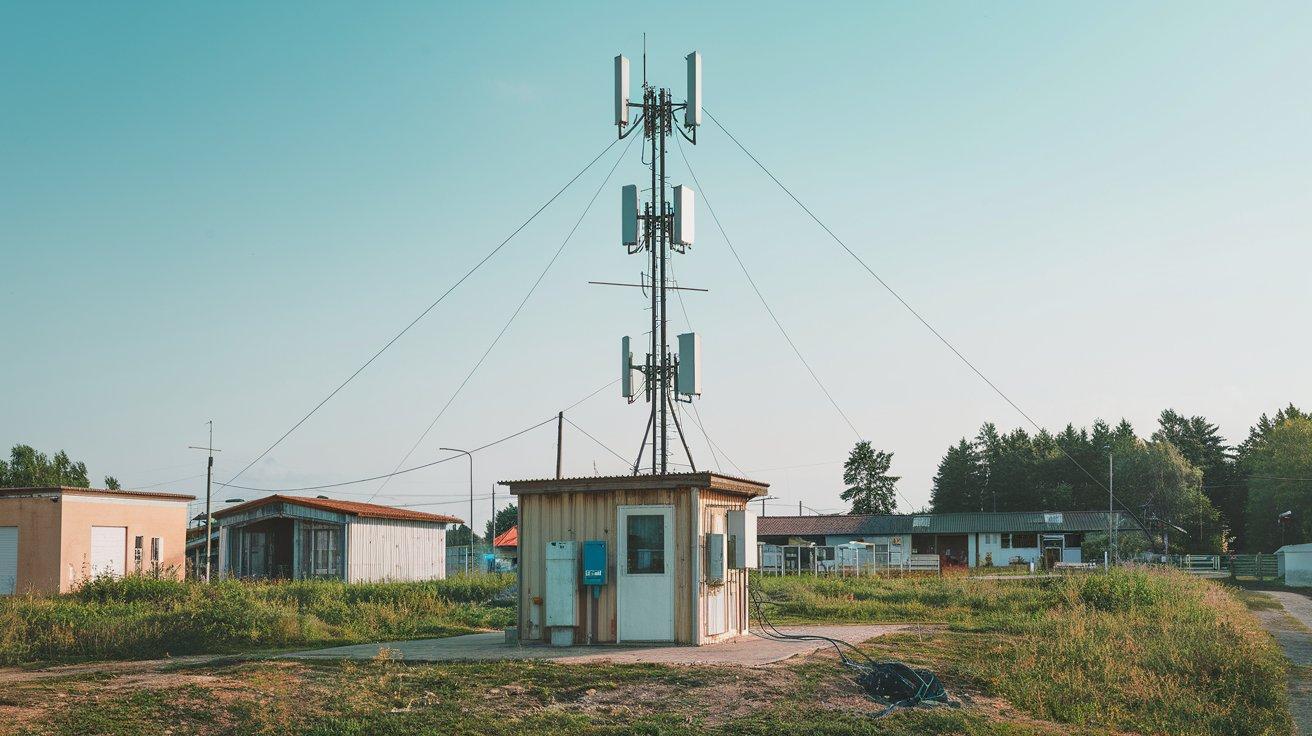How Small Towns Benefit from Cellular Monitoring Systems

Small towns often face unique challenges in maintaining public infrastructure, especially when it comes to utility management. Tight budgets, limited staffing, and aging systems can make it difficult to operate efficiently—let alone upgrade to modern standards. But as technology evolves, one innovation is proving to be a practical and transformative solution: cellular monitoring systems.
These systems are helping small municipalities leapfrog traditional infrastructure constraints by offering real-time data, lower operational costs, and better community service—all without the need for expensive, large-scale investments. Let’s explore how small towns across the country are tapping into the power of cellular monitoring and why it’s quickly becoming a must-have for modern utility operations.
No Wires, No Problem
Traditional monitoring systems typically rely on fixed, wired infrastructure—fiber optics, landlines, or dedicated networks that are expensive to install and maintain. For small towns spread across rural landscapes, these systems often aren’t feasible. The cost of laying new lines or maintaining remote outposts can outweigh any potential savings or performance benefits.
Cellular monitoring changes the equation. By using existing cellular networks, these systems can transmit data from water tanks, sewer lift stations, power systems, and more—without requiring any physical connection to a control center. Installation is simpler, faster, and significantly more cost-effective, especially for remote or hard-to-reach locations.
Real-Time Insights Without the Overhead
One of the most powerful advantages of cellular monitoring is real-time visibility. Utility teams can access live data on flow rates, tank levels, pressure points, or even equipment malfunctions from a smartphone, tablet, or desktop. That means no more driving to remote sites just to check a reading or see if a pump is running.
Take, for example, a town managing its water supply through elevated tanks spread miles apart. With remote water level monitoring, sensors can instantly notify operators of abnormal drops or overflows. This immediate awareness enables rapid response, preventing water loss, contamination, or system damage.
For small towns where staffing is minimal—sometimes just a single utility worker—this kind of efficiency is not a luxury; it’s a necessity.
Affordable and Scalable
Small towns often assume that new technology comes with a hefty price tag. But cellular monitoring systems are designed to be modular and scalable. Towns can start small—monitoring just one or two critical sites—and expand over time as budgets and needs evolve.
The savings also show up quickly. Fewer site visits mean less fuel usage and vehicle wear. Early alerts reduce expensive emergency repairs. And better data leads to smarter planning, allowing towns to extend the life of infrastructure and allocate resources more strategically.
Plus, since most modern cellular systems are cloud-based, there’s little need for on-site servers or IT staff. Updates are automatic, and many providers offer user-friendly interfaces that don’t require specialized training.
Enhanced Public Safety and Trust
Small-town residents value transparency and reliability from their public services. Cellular monitoring systems contribute to both. When a town can track and respond to issues faster, service interruptions are minimized. Water remains safe. Sewer backups are avoided. Electrical outages are resolved more quickly.
Some towns are even using the data to communicate better with residents. Posting water tank status during drought conditions or alerting neighborhoods of system maintenance creates trust and shows accountability. And in emergency scenarios—such as floods, winter storms, or power outages—cellular systems can continue functioning where traditional lines fail, thanks to battery backups and mobile access.
Future-Proofing Rural Infrastructure
Investing in cellular monitoring isn’t just about solving today’s problems—it’s about preparing for tomorrow. With state and federal grants increasingly tied to smart infrastructure and digital readiness, small towns equipped with cellular systems are better positioned to receive funding and support.
These systems also lay the groundwork for other technologies. Once a town has a cellular backbone in place for its utilities, it can integrate smart metering, leak detection, energy optimization, and more. It becomes easier to move from reactive operations to proactive management.
And perhaps most importantly, it helps rural communities retain their independence. Rather than outsourcing operations to distant service providers, small towns can stay in control—running leaner, smarter systems that meet local needs with pride and precision.
Final Thoughts
For small towns, modernizing utilities doesn’t have to mean massive infrastructure projects or unmanageable costs. With cellular monitoring systems, it’s possible to gain real-time insight, reduce overhead, and improve community trust—all with tools that fit the scale and pace of rural operations.
This isn’t just a tech trend—it’s a practical, proven way to bring big-city utility intelligence to even the smallest of communities. And as more towns make the switch, one thing becomes clear: staying small doesn’t mean staying behind.
- Art
- Causes
- Crafts
- Dance
- Drinks
- Film
- Fitness
- Food
- Giochi
- Gardening
- Health
- Home
- Literature
- Musica
- Networking
- Altre informazioni
- Party
- Religion
- Shopping
- Sports
- Theater
- Wellness


